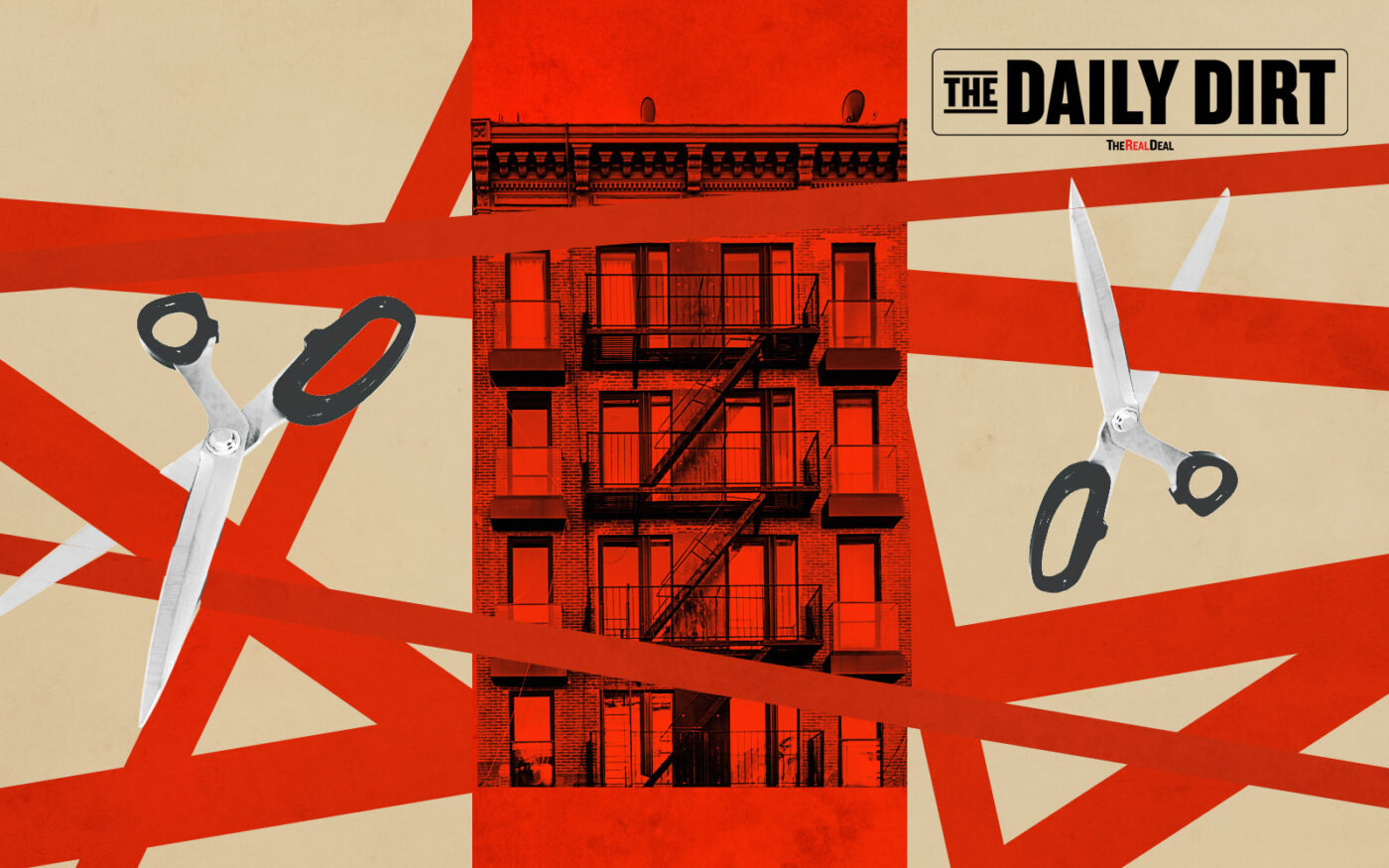Last week’s column on city bureaucracy aggravating the housing crisis hit a nerve.
Readers responded with more examples of city government making things difficult for developers who build housing and New Yorkers who desperately need it.
One developer reported being ordered by the Department of Buildings to remove two trees because its project needed a ramp to comply with the Americans with Disabilities Act, but the sidewalk wasn’t wide enough for both the ramp and the trees. Simple, right?
The developer asked the Department of Parks and Recreation for permission. Needless to say, that department is all about trees, not wheelchair ramps. (One legendary parks commissioner, the late Henry Stern, was known for literally hugging trees.) If you want to tear out two trees, the agency replied, you’ll have to plant new ones — and pay $50,000.
“The agencies have conflicting mandates,” the developer observed.
But the real problem was not the fifty grand or the replacement trees. It was the one year it took just to get a meeting with the right Parks Department person, despite putting an expeditor and an architect on the task.
Another developer noted that income-restricted apartments are sitting empty for months in buildings receiving the 421a tax break because filling them involves the city’s main housing agency.
“The red tape at HPD and within the system is horrendous,” the developer said by email. “As a result, I suspect hundreds if not thousands of apartments sit vacant every year for months on end while landlords go through the nonsense.”
She said the delay, at least at her buildings, is sometimes six to eight months to fill a unit. It occurs not just at the initial lease-up, but every time one of these affordable apartments becomes vacant.
The scope of the problem is likely substantial, given that nearly all multifamily projects built in the city over the past 35 years receive the 421a abatement.
NYCHA also struggles to fill units, despite having a 20-year waiting list of about 274,000 prospective tenants. The public housing authority’s vacancy rate is 3.3 percent, which is more than twice as high as the citywide rate.
NYCHA’s vacancy rate is an astonishing 5.5 percent if you count the 3,615 units it keeps off the market for other uses, such as office space. What could be more important than a place to sleep for more than 9,000 New Yorkers?
A lot of this is bureaucratic sclerosis. But often it is rooted in policies and processes that create bigger problems than the ones they aimed to solve.
As National Housing Conference CEO David Dworkin has noted, the law of unintended consequences is never repealed.
What we’re thinking about: Will single-room occupancy ever again be allowed by New York to any significant degree? Email me at eengquist@therealdeal.com.
A thing we’ve learned: As a teenager playing basketball in France, Brooklyn multifamily operator Remy Raisner was a teammate of future NBA star Rudy Gobert. But a shoulder injury early in his college career eventually led Raisner to attend business school and launch a real estate career.
Elsewhere…
— Tenant activists are pushing a “good cause eviction” bill in Connecticut, but unlike the one that has been stalled for three years in the New York state legislature, it does not include a numerical rent-increase threshold. “Instead, the bill states that the tenants protected by the bill ought to experience ‘fair and equitable’ rent increases,” said Yale Daily News reporter Maia Nehme, who has been covering the issue. The bill refers to a state law that lays out how a rent commission should determine whether an increase is “harsh and unconscionable.”
— The wealthy New Jersey town of Millburn is fighting plans for a 75-unit affordable housing complex in its downtown. The fight is despite having only 38 of the 1,300 affordable homes it needs under the state’s Mount Laurel doctrine. Officials who agreed to the project were voted out of office in a classic suburban backlash. The new leaders say they are not racist or classist, and claim that they just want affordable homes distributed rather than clustered, but critics don’t see 75 homes in a town of 20,000 people as a threat. “I mean, the town has allowed 38 affordable units in the 49 years since Mount Laurel has been in force,” one reader commented. “I think that number alone costs them any benefit of the doubt.”
— Real estate broker Katherine Cartagena converted four Upper West Side apartments into short-term rentals that reaped $2 million in Airbnb bookings from 2019 to 2022 before running into trouble with the city’s Office of Special Enforcement, Crain’s reported. Cartagena and a firm called Mega Home just agreed to a settlement with the office in which they had to give back $845,000. Cartagena, who has invested in a number of Chicago properties, was allowed to keep her real estate license.
Daily Dirt Data
Residential: The priciest sale on Wednesday was $6.7 million for Unit 7DN at 150 Charles Street in the West Village.
Commercial: The most expensive commercial closing of the day was $10.5 million for 213 Park Avenue South in Gramercy Park. Ippodo Tea was the buyer.
New to the Market: The highest price for a residential property hitting the market Thursday was $8.9 million for a two-unit townhouse at 248 West 11th Street in the West Village. Stephen Ferrara of Compass has the listing.
